LAB EXAM 3 IMPORTANT STRUCTURES
1/126
There's no tags or description
Looks like no tags are added yet.
Name | Mastery | Learn | Test | Matching | Spaced |
|---|
No study sessions yet.
127 Terms

9
initial segment
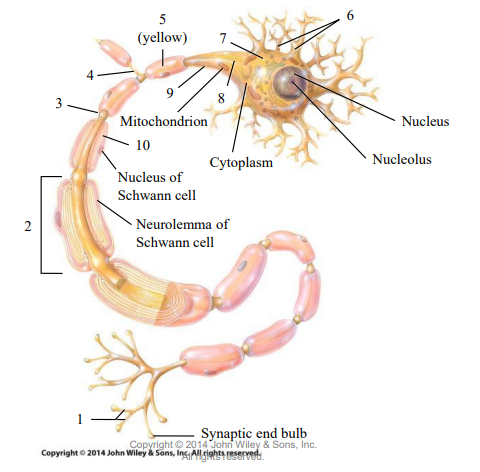
8
axon hillock

7
basal ganglia/nucleus
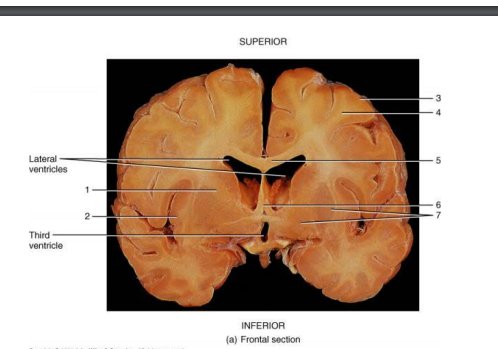
(7) basal ganglia/nucleus function
initiate and terminates programmed automatic skeleton muscle actions
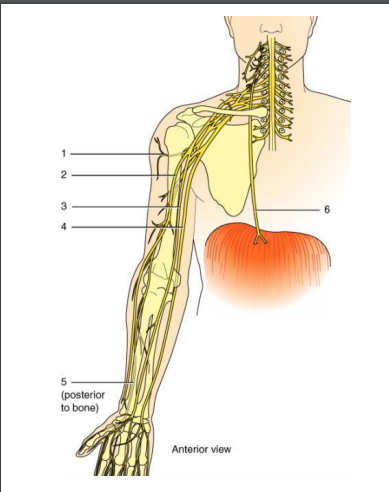
2
Musculocutaneous nerve
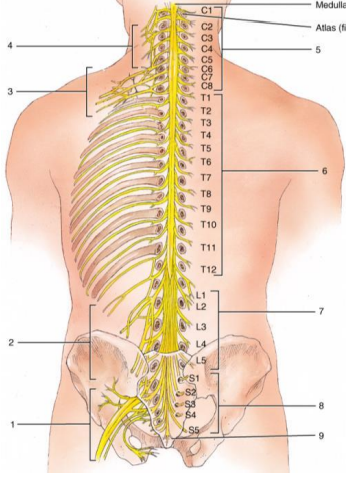
located musculotaneous nerve
3 - brachial plexus
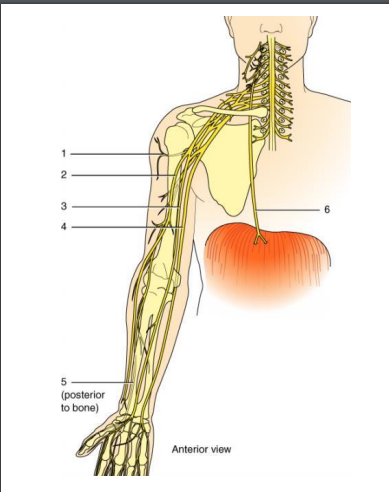
(2) Musculocutaneous nerve function
elbow flexor (innervates oracobrachialis, biceps brachii, and brachialis muscles)
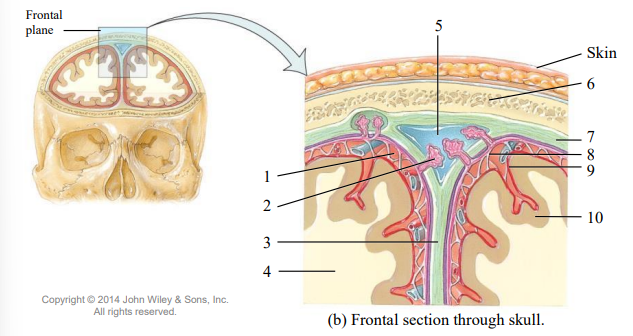
3
Falx cerebri
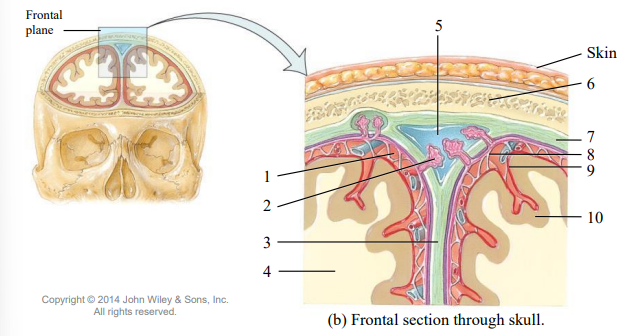
locate the falx cerebrae that lies in the dura mate in longitudinal fissure
11
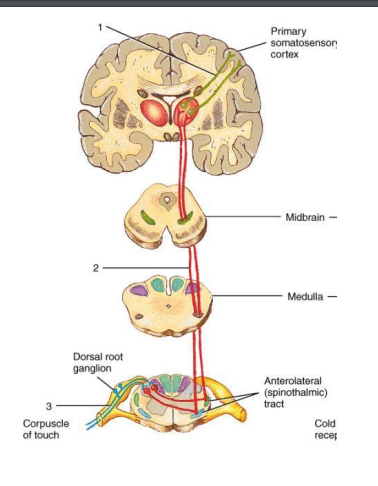
1
Third order neuron
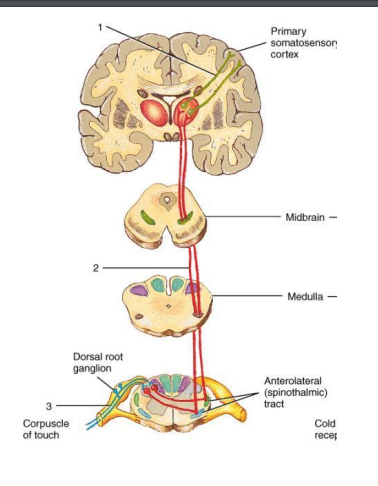
2
Second order neuron
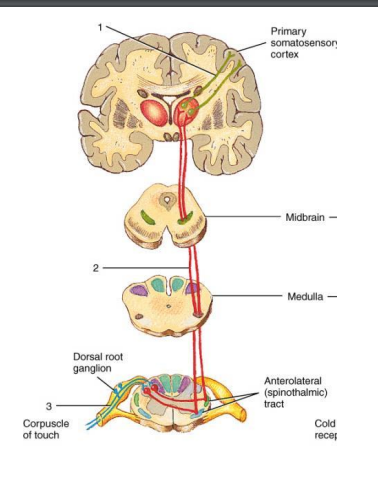
3
Third order neuron
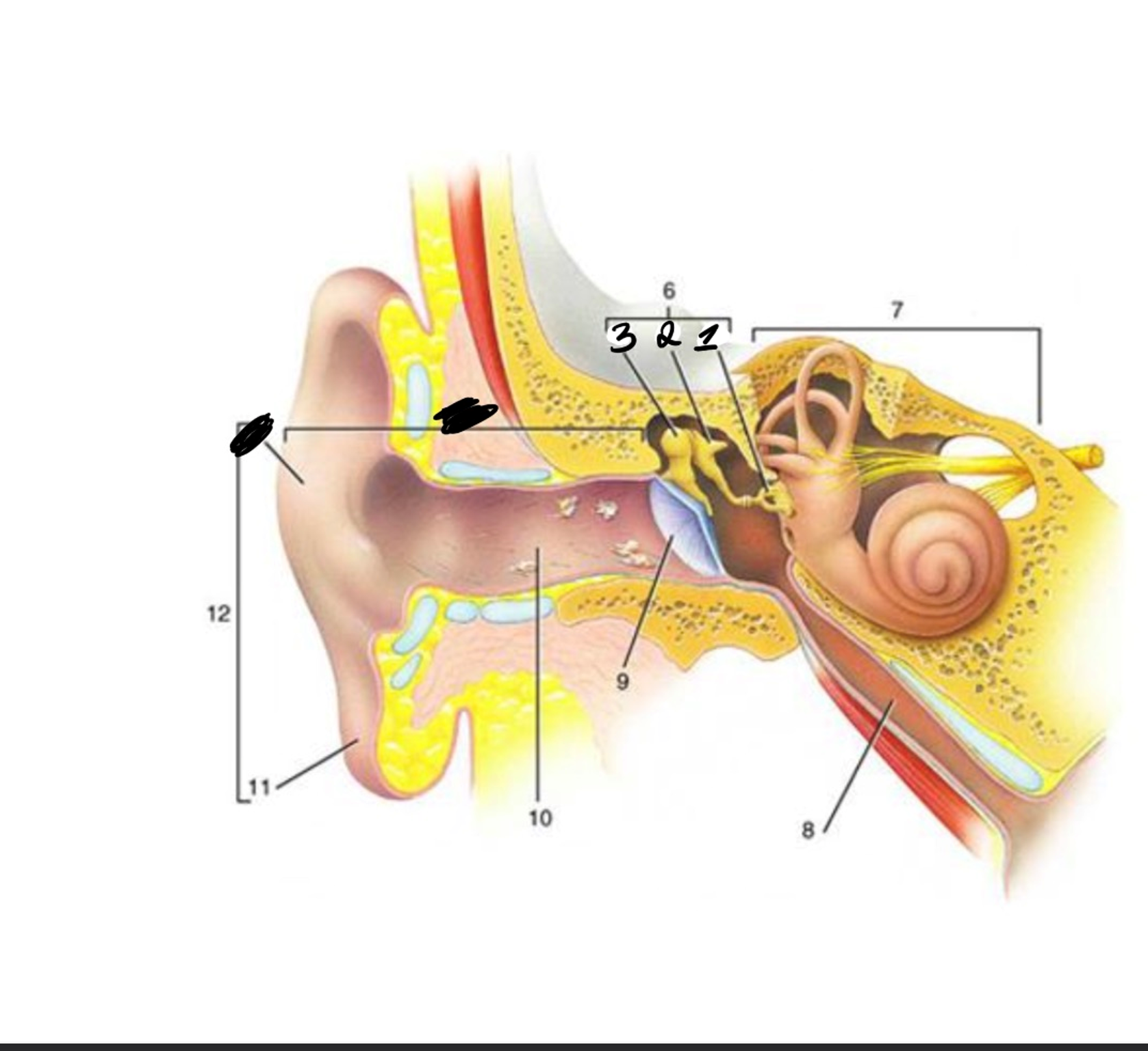
1
Stapes
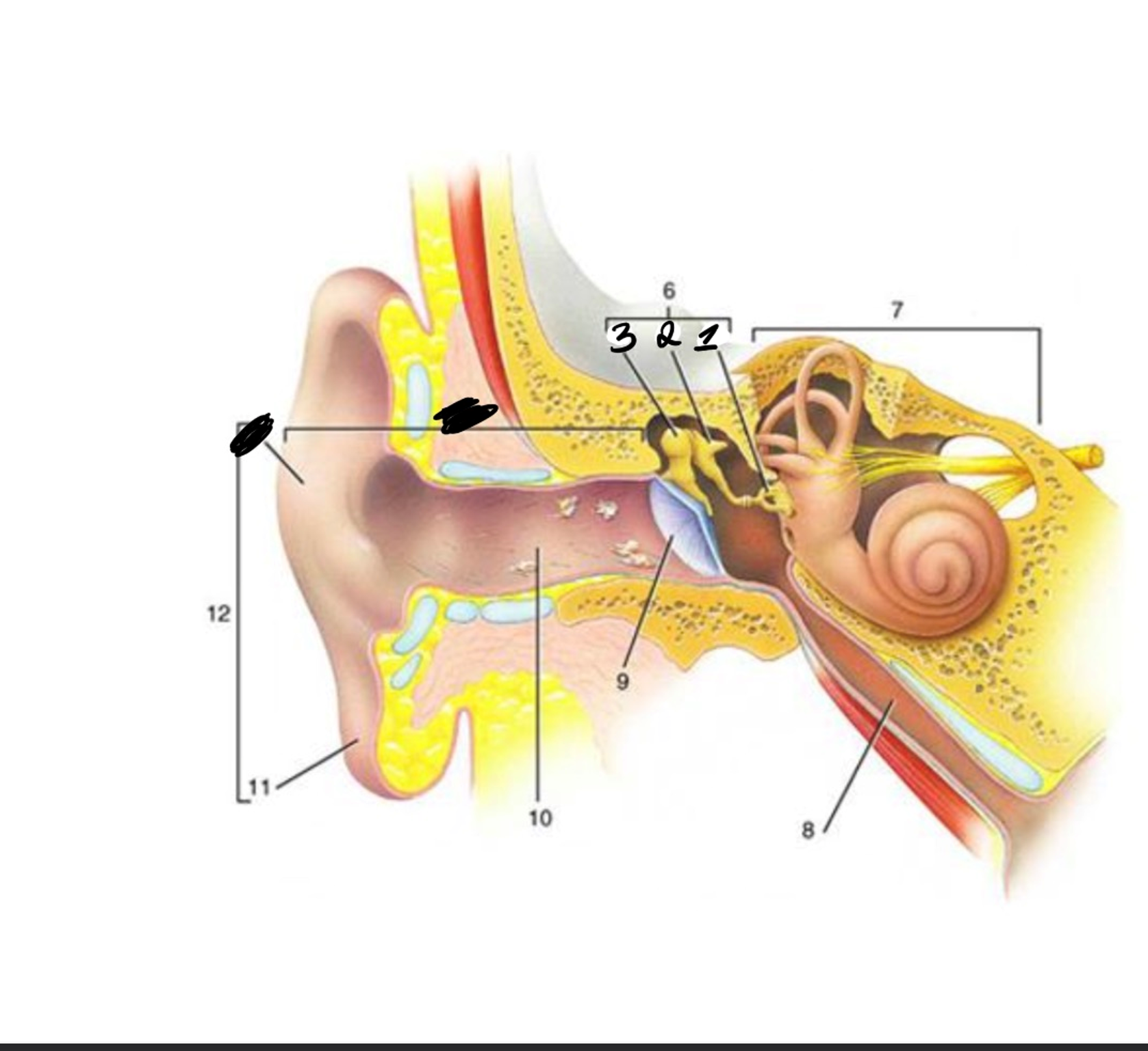
2
Incus
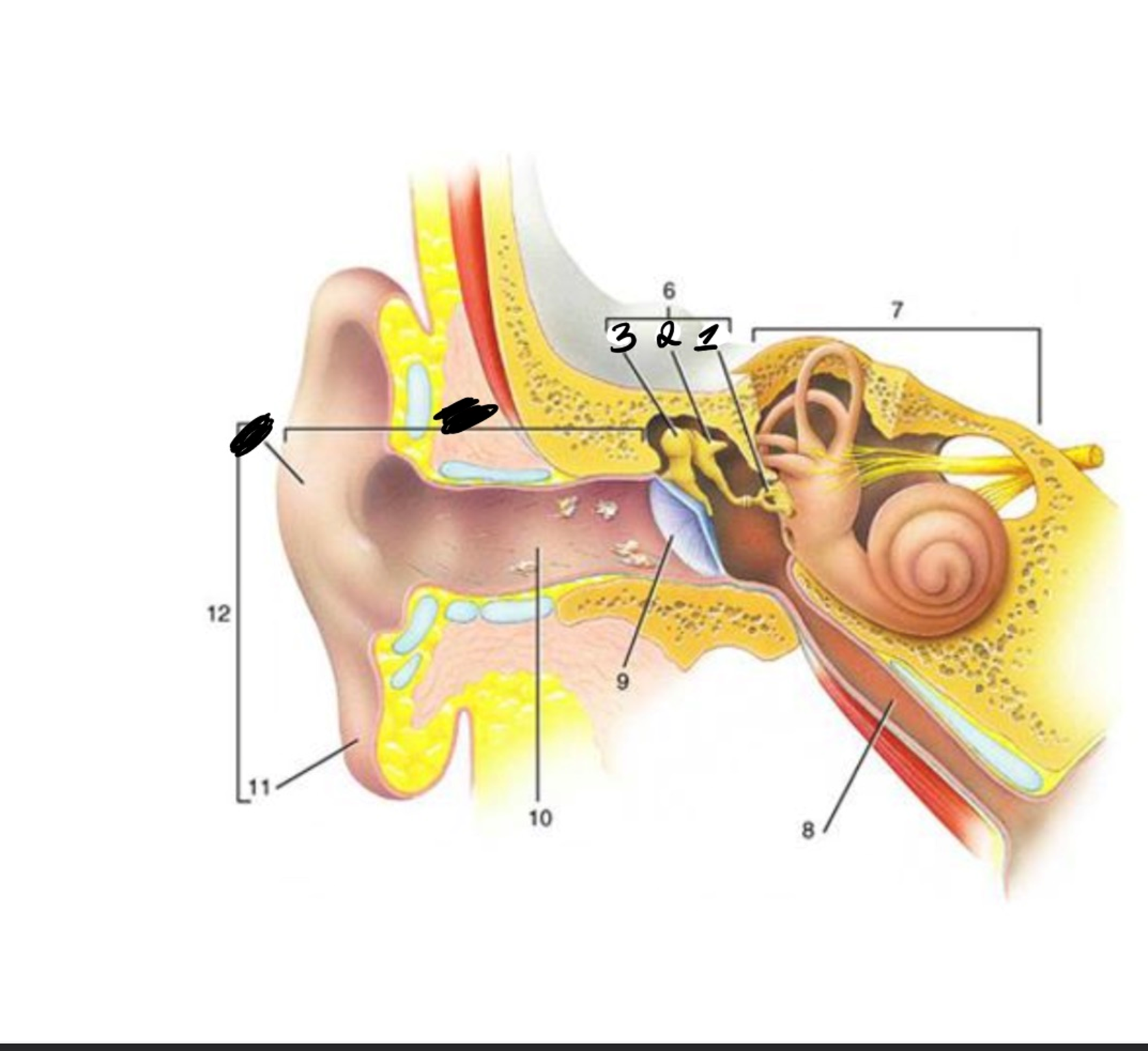
3
Malleus

locate the Aqueous humor from ciliary processes
3
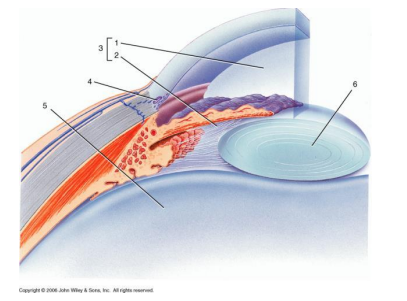
where can aqueous humor accumulate?
3
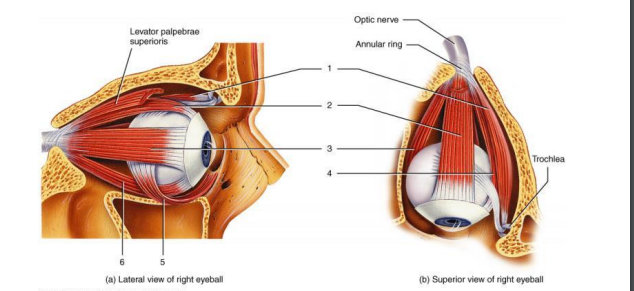
1
Superior oblique muscle
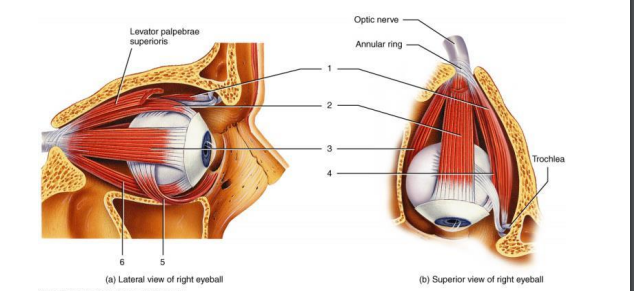
(1) Superior oblique muscle function
moves eyeball inferiorly and laterally
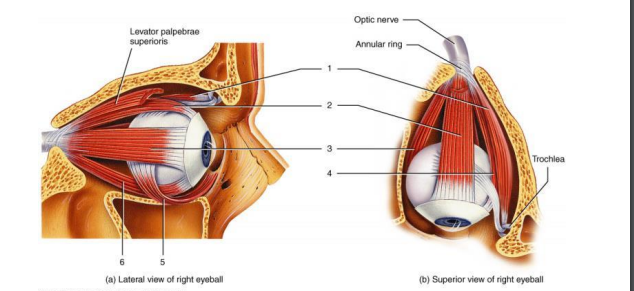
5
Inferior oblique muscle
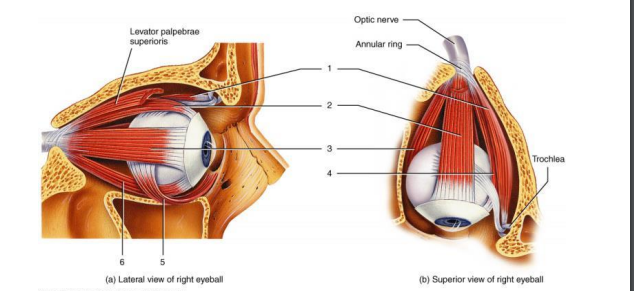
(5) Inferior oblique muscle function
moves eyeball superiorly and laterally
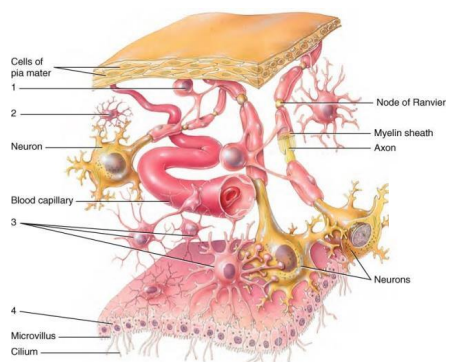
astrocytes
3

(3) Astrocytes function
makes BBB (blood brain barrier)
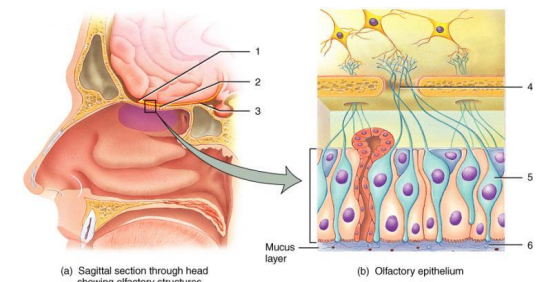
locate the bipolar neuron on NOSE
5
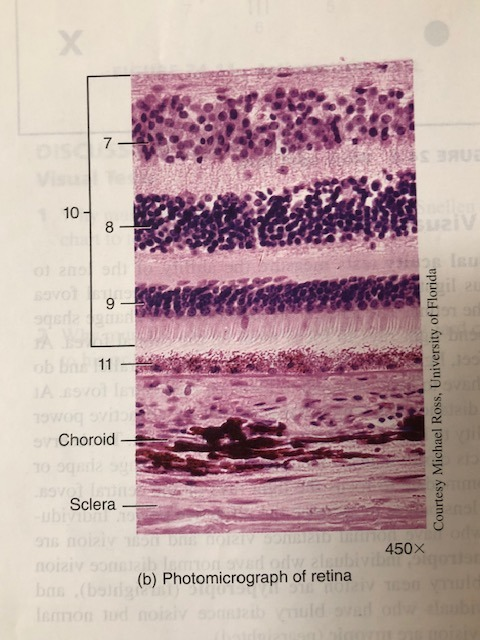
locate the Bipolar neurons on EYE
8
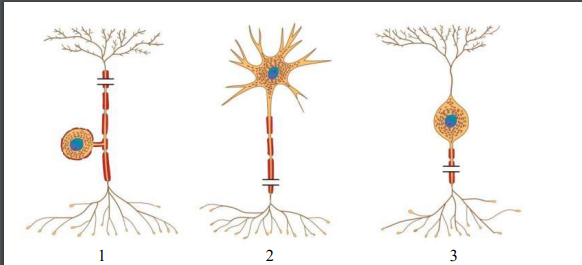
1
Unipolar neurons (DRG)
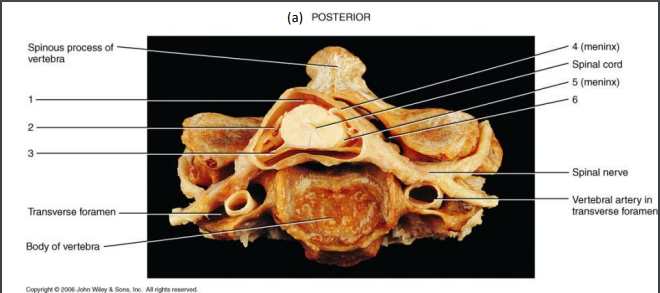
1 (ON VERTEBRA)
Subarachnoid space CSF
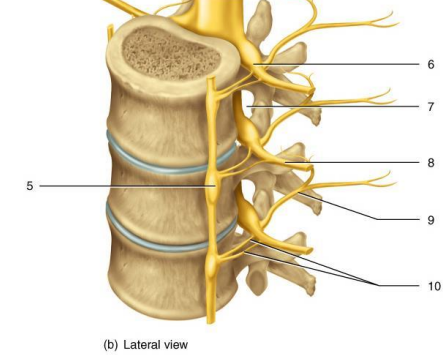
8
Ventral ramus (Spinal nerve ventral ramus, SPINAL CORD)
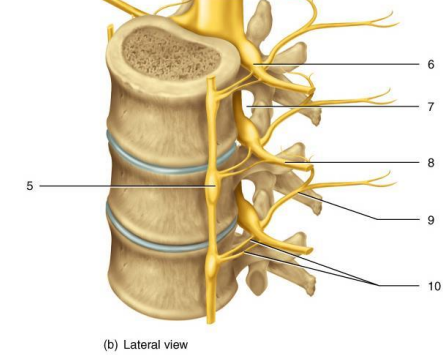
9
Dorsal Ramus
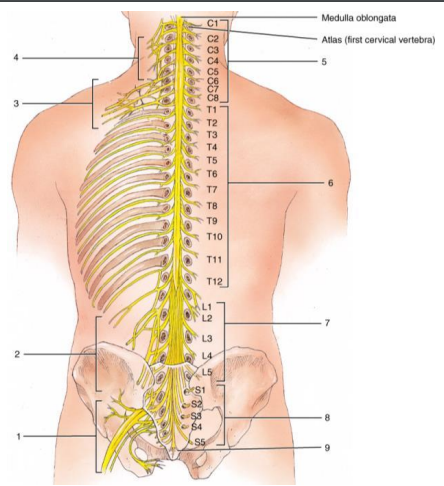
locate the sciatic nerve
1 - sciatic plexus
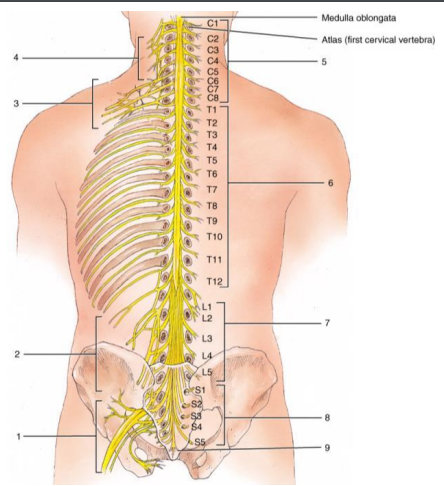
(1) Sciatic nerve function
supplies post thigh & all below knee (largest nerve)
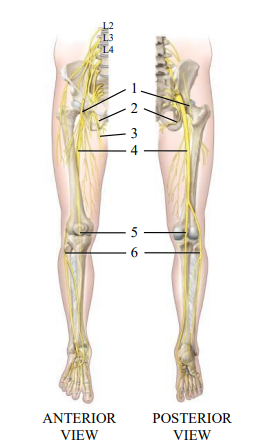
locate the femoral nerve
2 - lumbar plexus
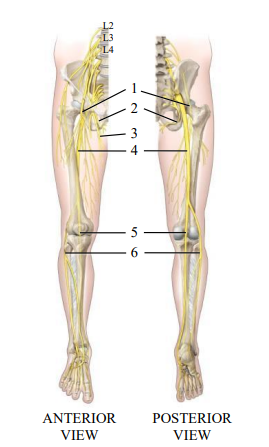
(2) Femoral nerve function
largest nerve from lumbar, motor and sensory in lower limbs
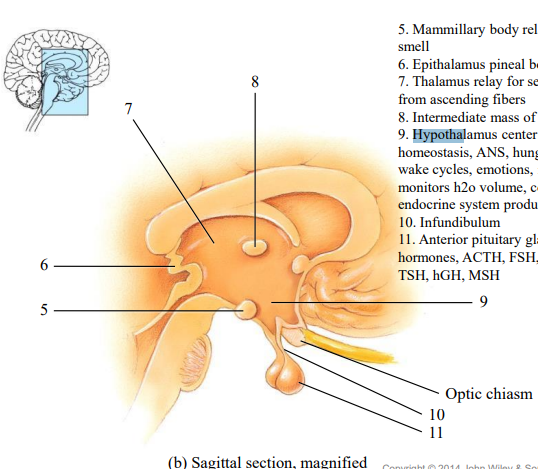
9
Hypothalamus
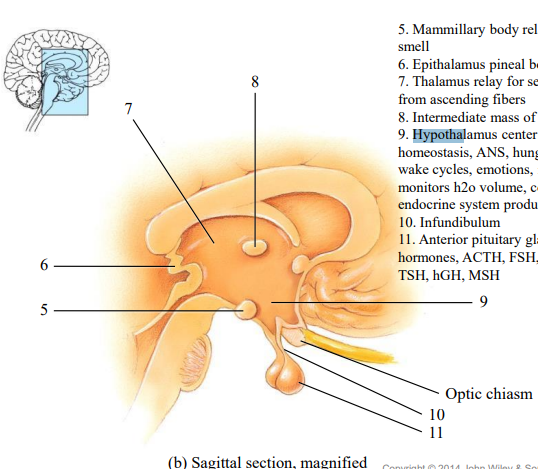
(9) Hypothalamus function
center for homeostasis, ANS, hunger, thirst, sleep wake cycles, emotions, indirectly monitors h2o volume, controls endocrine system, produces hormones
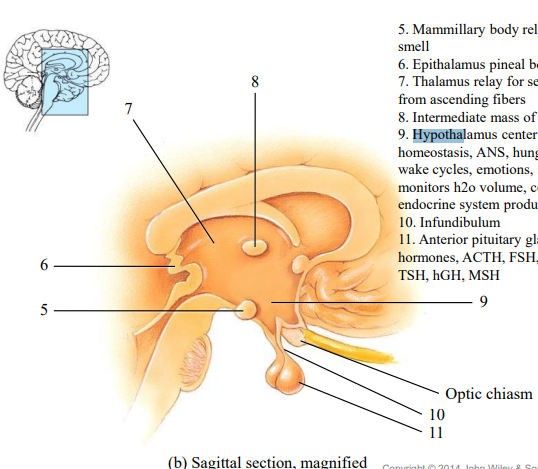
5
Mammary bodies

(5) Mammary bodies function
relay smell
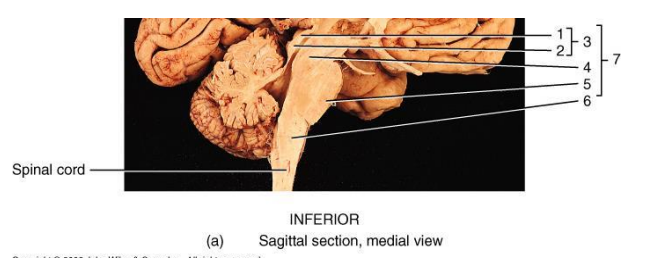
6
Medulla oblongata
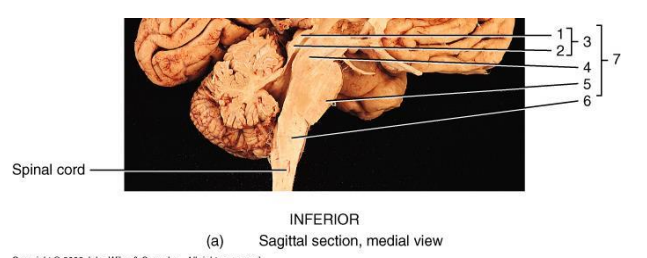
(6) Medulla oblongata function
basic breathing rhythm, heart rate, blood pressure, swallow, cough, sneeze, vomit
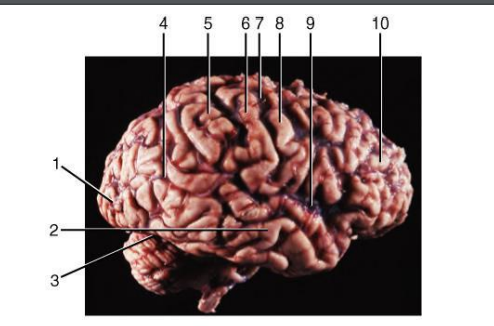
8
Precentral gyrus
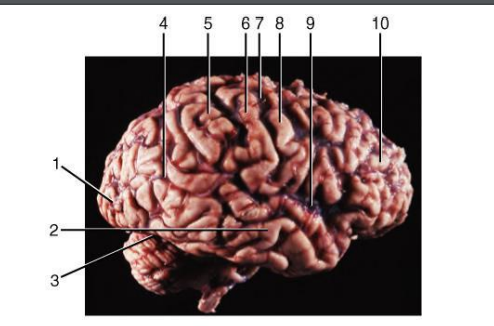
6
Postcentral gyrus

(8) Precentral gyrus function
pre - primary motor to opposite side

(6) Postcentral gyrus function
primary somatosensory area
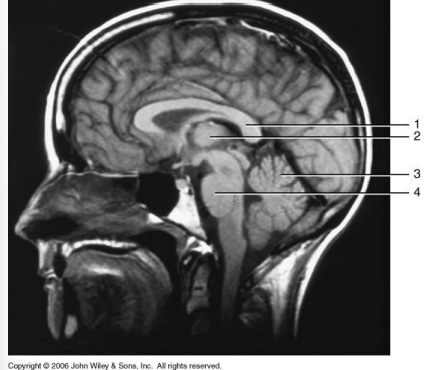
4
brain - pon
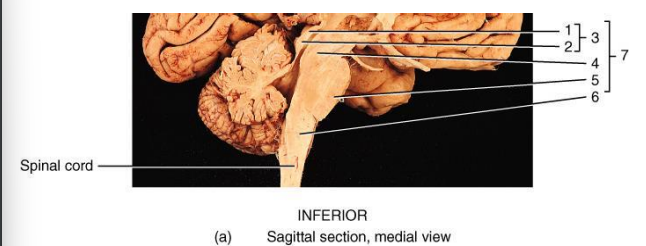
5
brainstem - pons
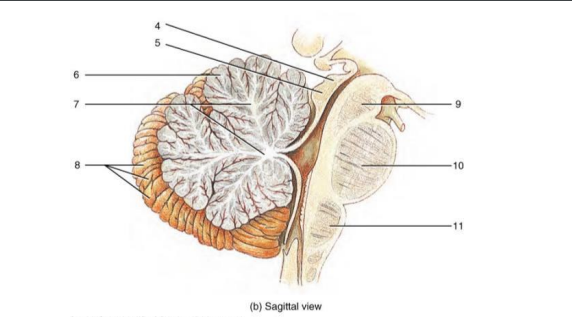
10
midbrain - pon
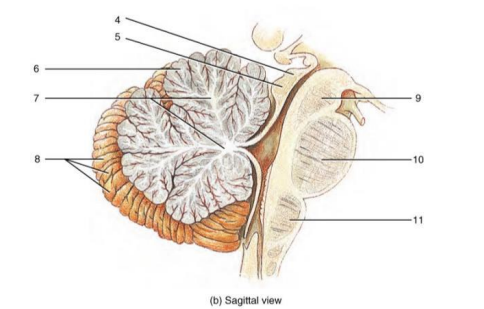
pons function
controls breathing
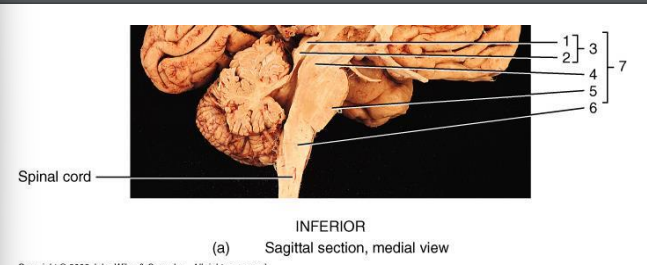
1
Superior colliculus
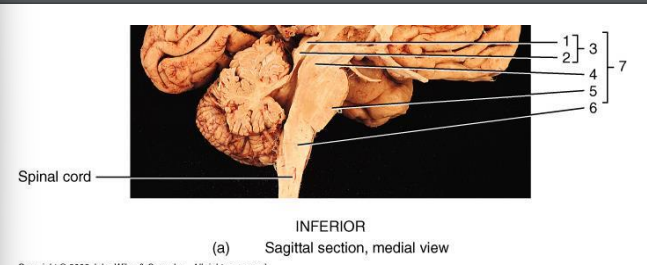
(1) Superior colliculus function
visual reflex
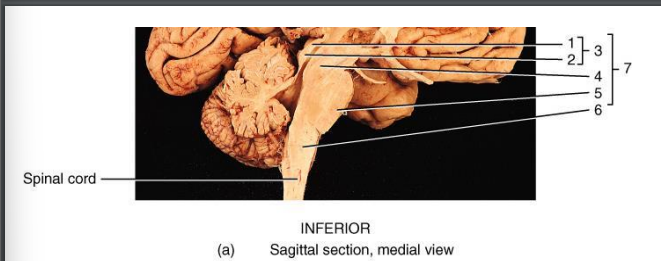
2
Inferior colliculus
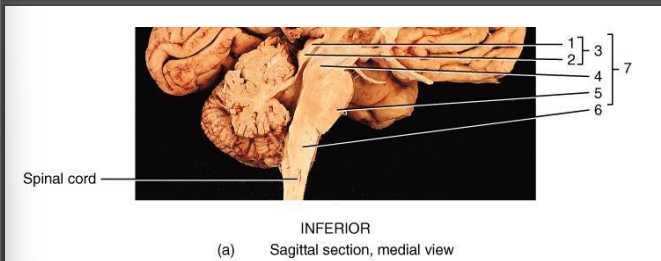
(2) Inferior colliculus function
auditory reflexes centers
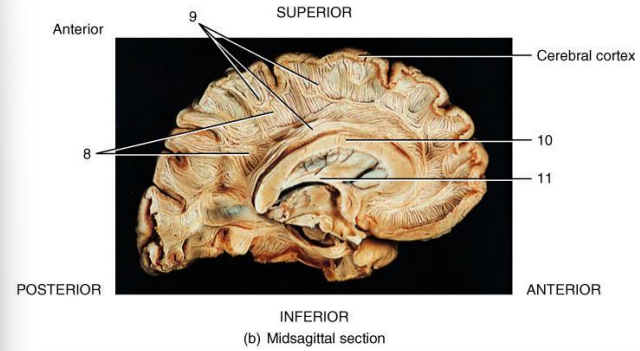
10
Corpus callosum - Commissural fibers cross to opposite hemisphere
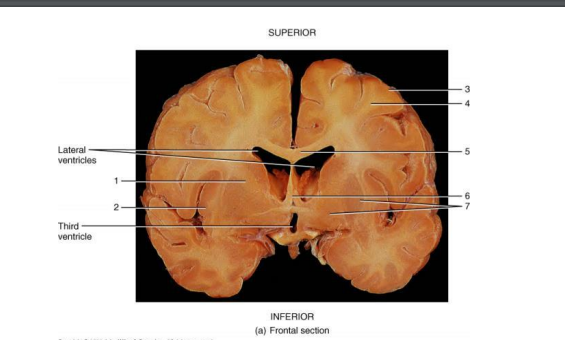
5
commissural tract/fibers: Corpus callosum commissural fibers
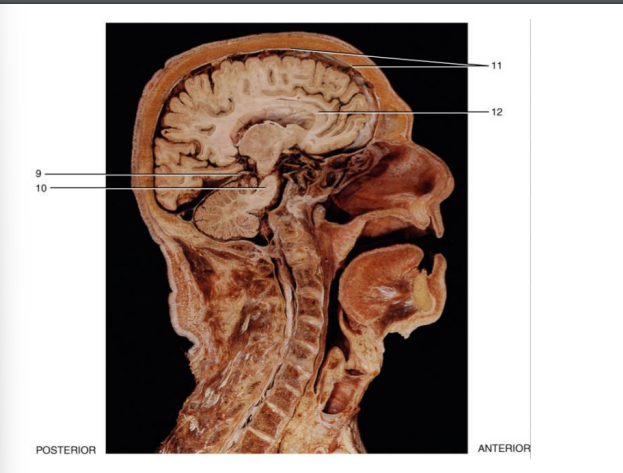
12
Commissural fibers
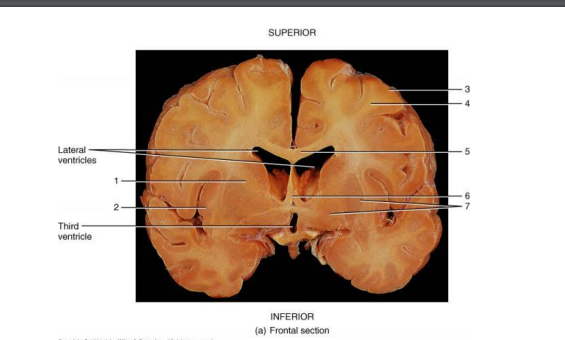
(5) commissural fibers function
connect two hemispheres (corpus callosum)
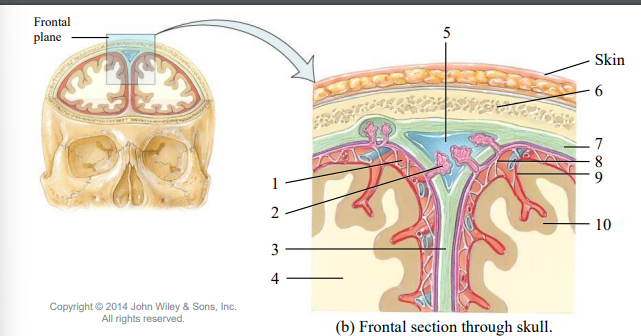
2 (mushroom)
Arachnoid granulations
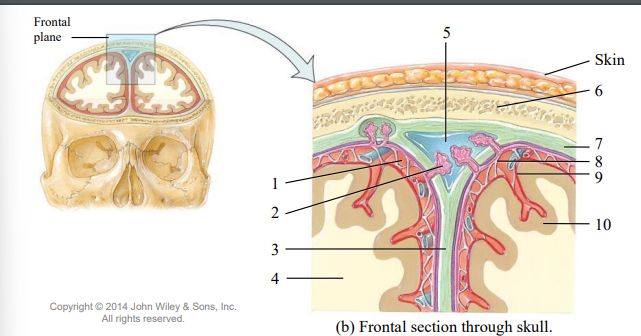
(2) Arachnoid granulations function
CSF returns to bloodstream
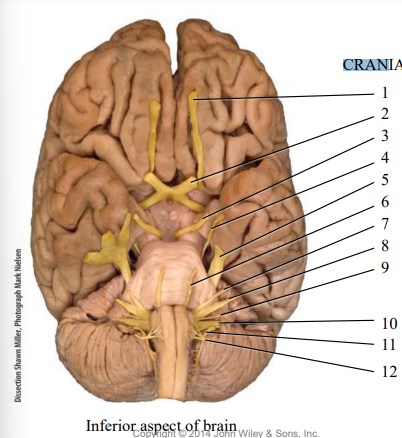
3
Oculomotor - CN III

(3) CN III Function
oculomotor moves most extrinsic eye muscle 4 of the 6 and constrict pupils

5
Trigeminal - CN V

(5) CNV Function
feel face masticate chew
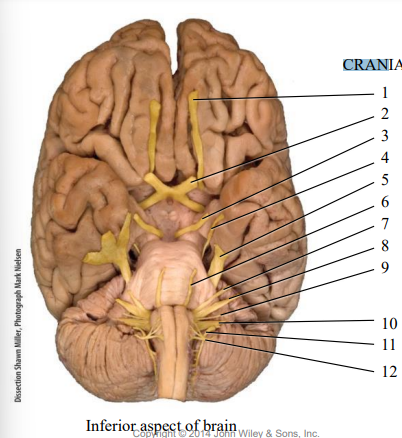
7
facial - CNVII
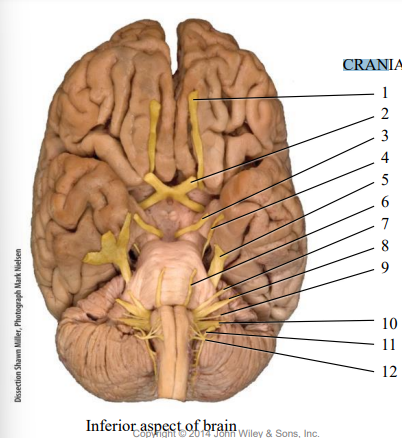
(7) CNVII Function
taste, food make face

8
Vestibulocochlear - CNVIII
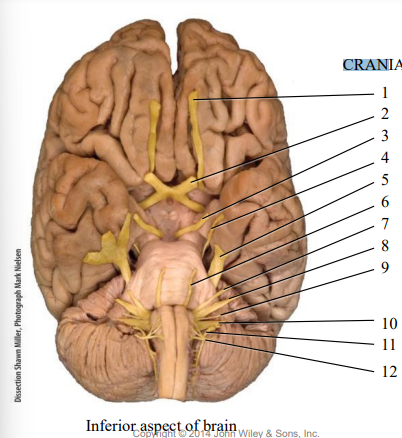
(8) CNVIII Function
balance (may get dizzy) sound
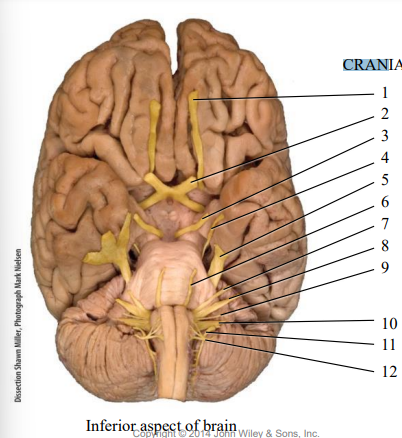
11
Spinal Accessory
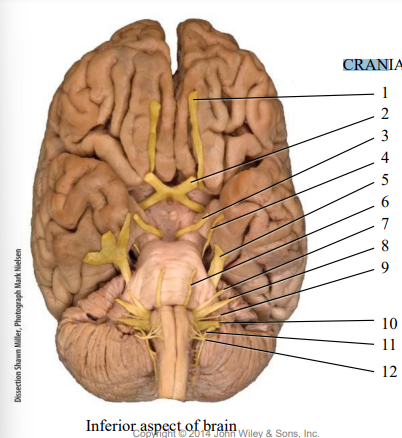
(11) CNXI Function
turns head (no) or flexes neck (yes)
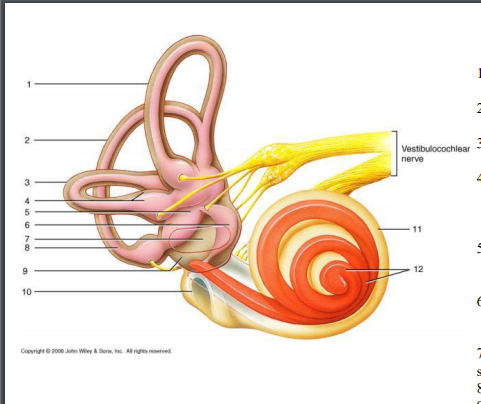
7
Oval window
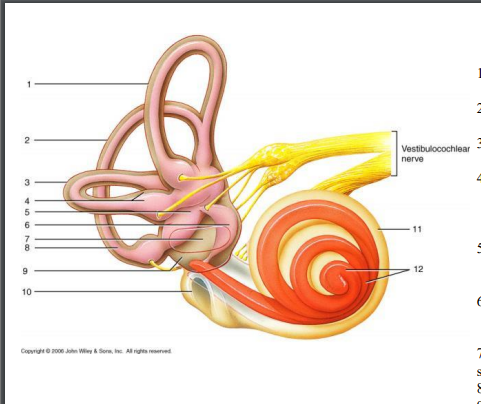
(7) Oval window function
receives stapes
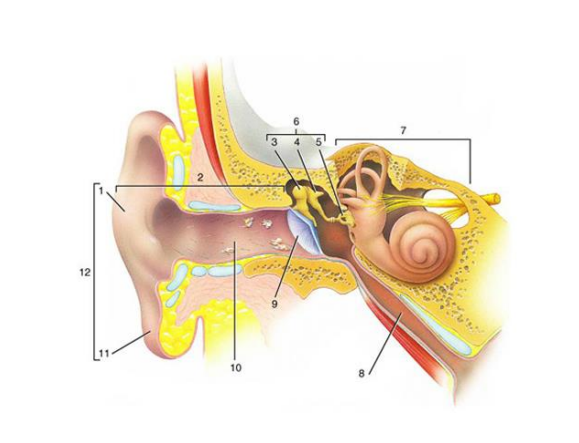
where does the oval window receives stapes?
5
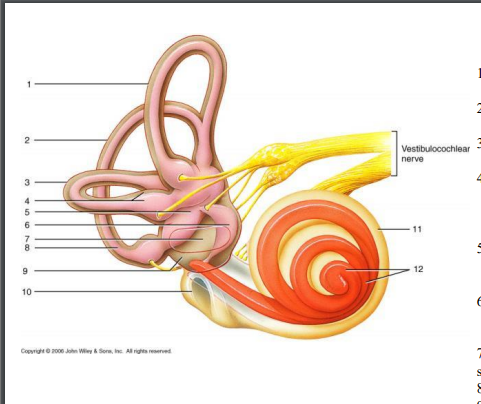
4
Crista ampullaris
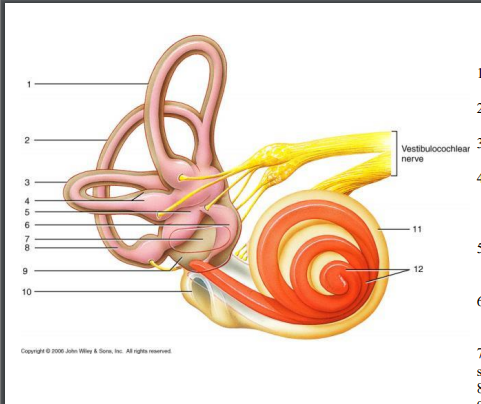
(4) Crista ampullaris function
cupulla dynamic equilibrium rotation vertigo
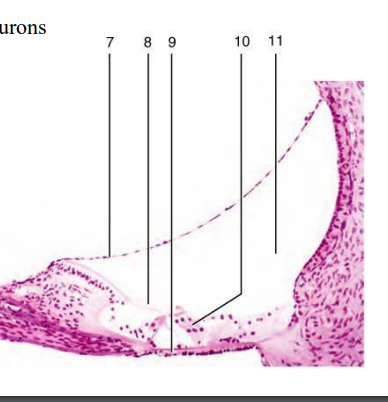
locate the organ of corti
9 - basilar membrane
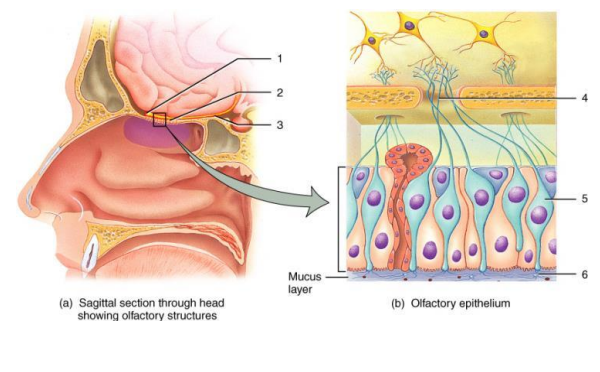
5
Olfactory bipolar neuron
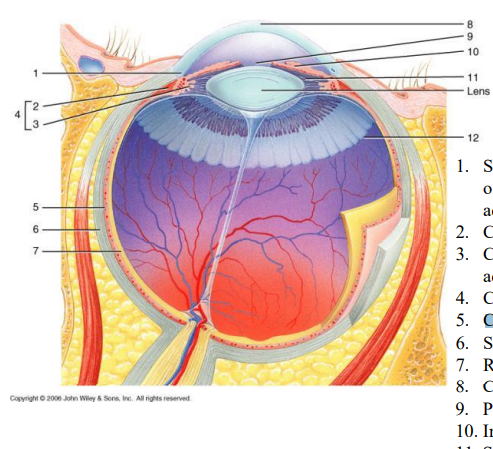
locate the Choroid of the vascular tunic of eye
5
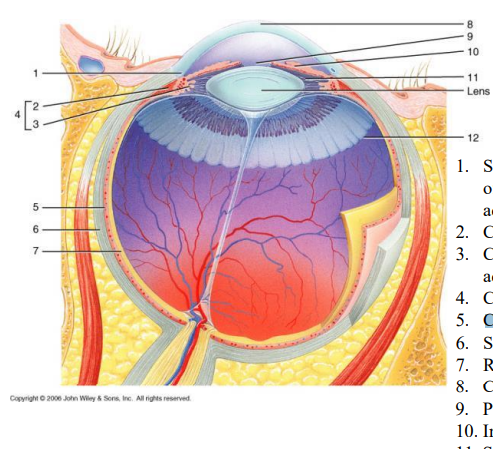
locate the Ora serrata of the eye
12

locate the Anterior cavity of the eye
3
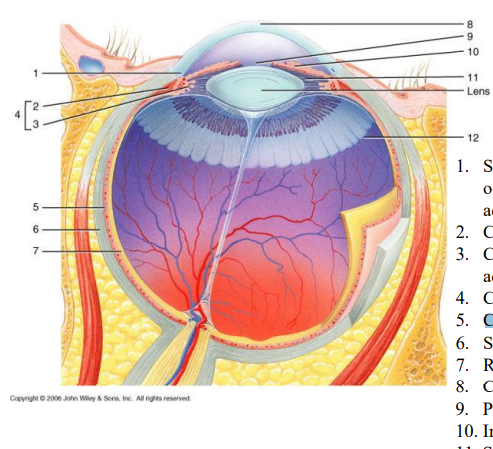
locate the Vitreous humor of the eye
5

locate where Scleral venous sinus receives Aqueous humor
4
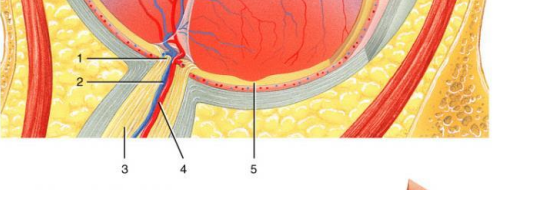
5
Central fovea - has concentration of cones
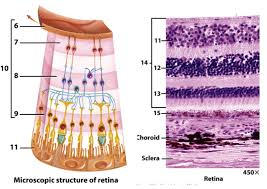
locate the Bipolar area of retina
8 (OR 9 ON STUDY GUIDE)
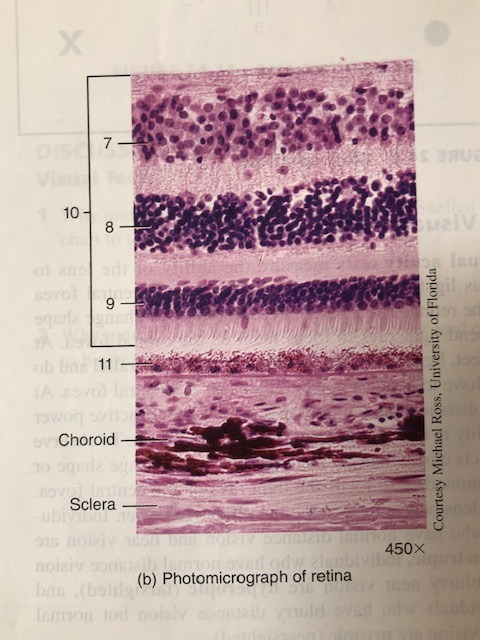
locate Photoreceptor area of retina
9
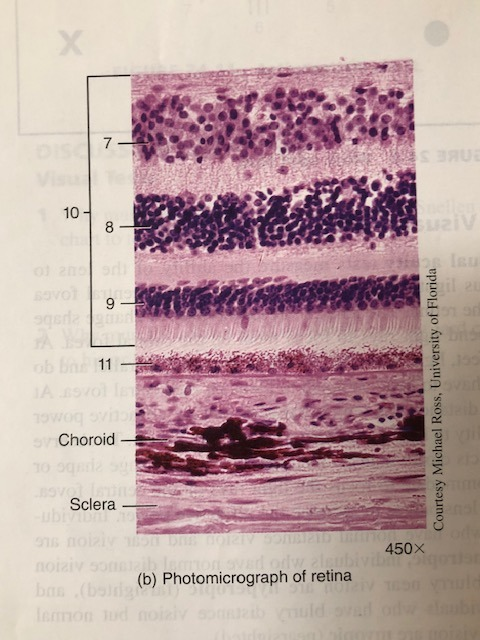
7
ganglion cell layer
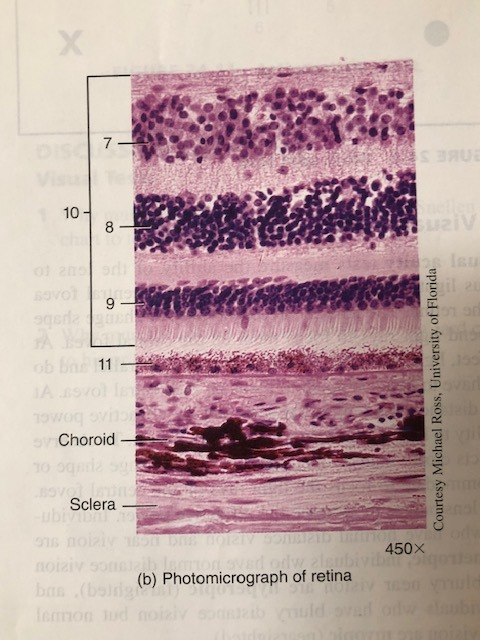
12 (OR 8)
bipolar cell layer
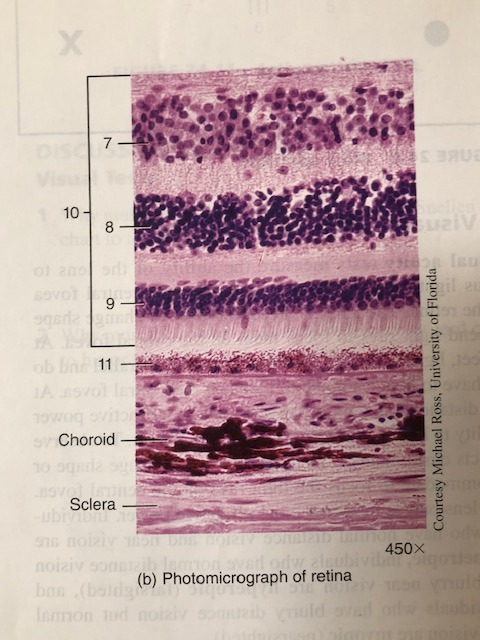
10
neural portion of retina
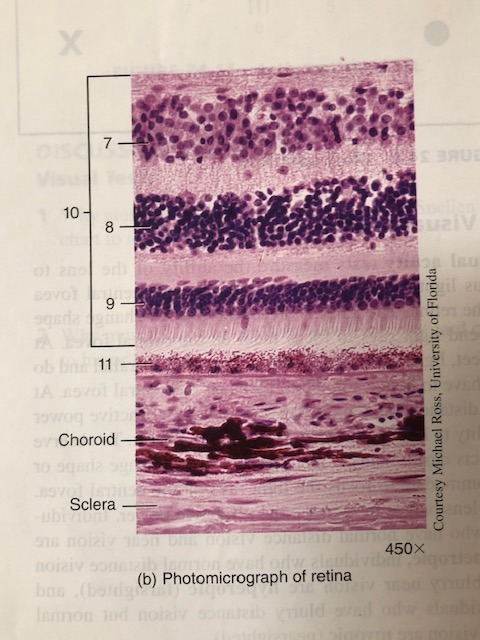
11
pigmented epithelium of retina
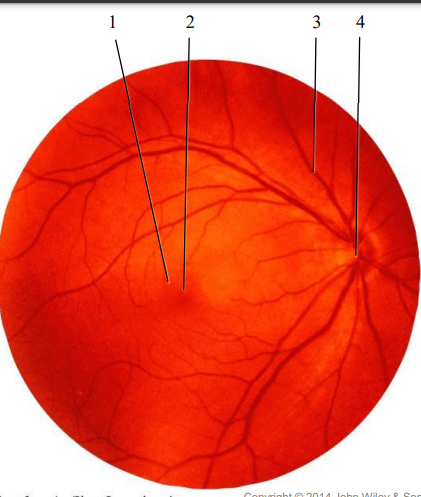
4
Optic disk or blind spot on retina
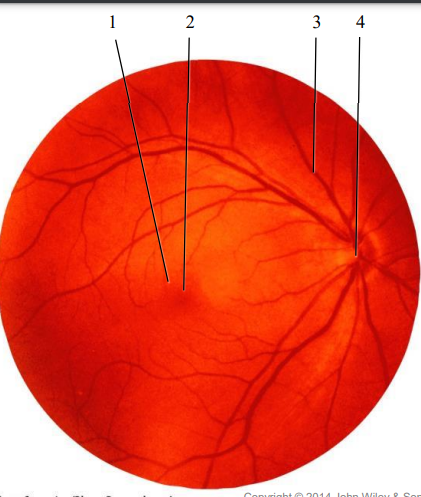
(4) Optic disk or blind spot on retina function
retina attachment site: no photoreceptors
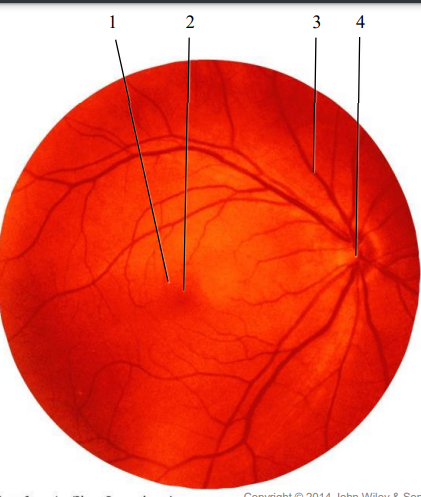
3
Retinal blood vessels

(3) Retinal blood vessels function
detecting hypertension
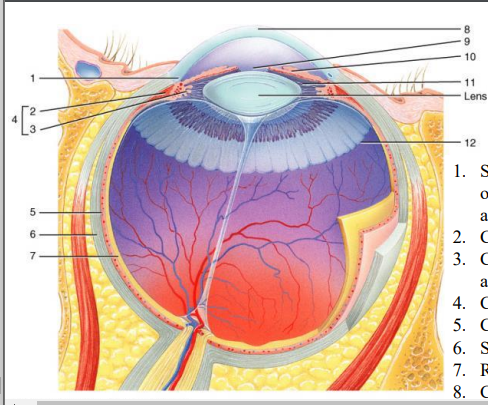
10
iris
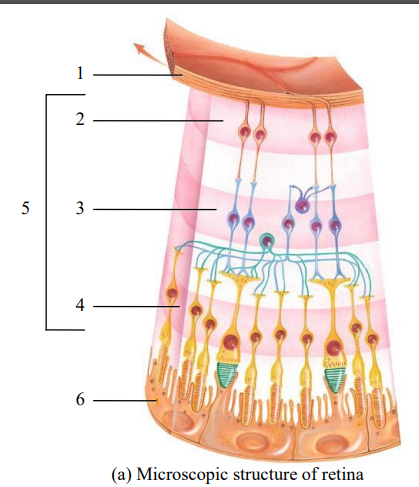
4
Photoreceptor layer of retina
5 special senses of bipolar neuron
smell, sight, taste, hearing, touch, balance and proprioception
which neuron is the special senses (smell, sight, taste, hearing, touch, balance and proprioception) neuron
bipolar
olfactory receptors funtion
use olfactory hairs to transduce
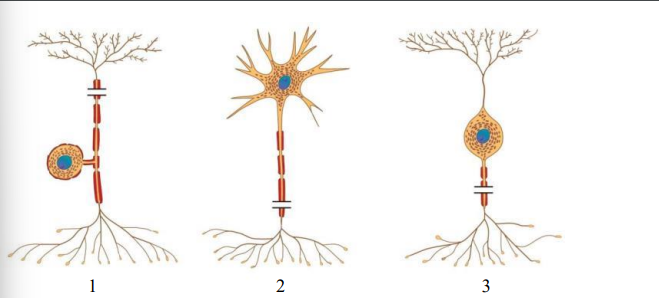
3
Bipolar special sensory
where do ganglion cells terminate?
thalamus
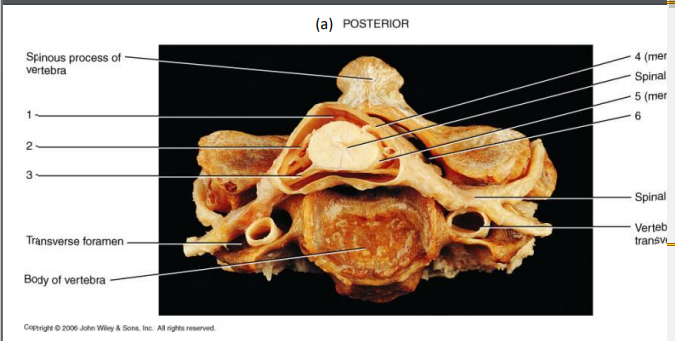
locate where CSF is contained
1
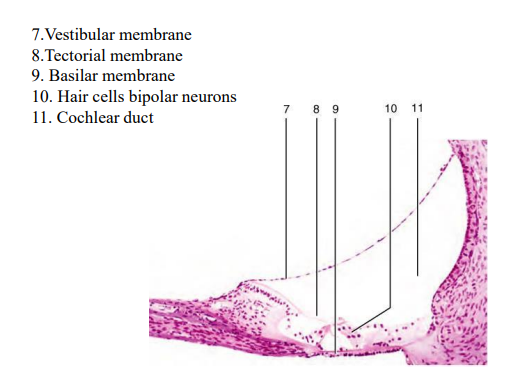
what covers hair?
tectorial membrane
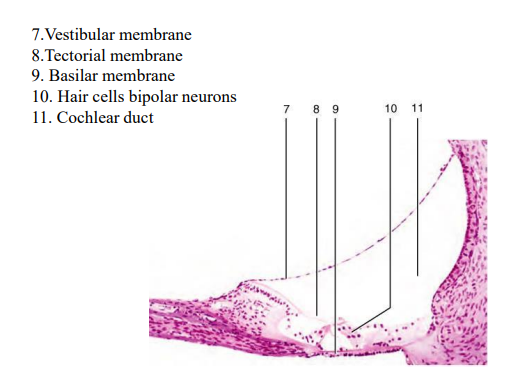
basilar membrane
9